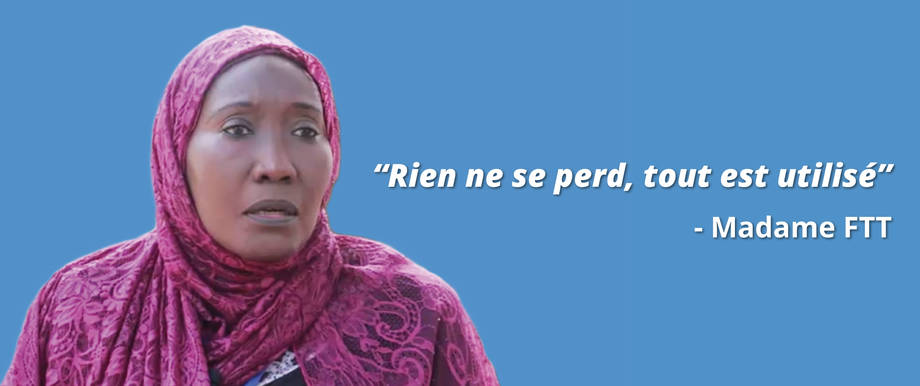Madame FTT: No waste, all is utilized
“Rien ne se perd, tout est utilisé”, meaning “no waste, all is utilized”. These are the powerful words of Madame Oumoulkhairy Ndiaye whenever she explains her vision for a zero loss in fisheries in Africa and is very well illustrated by the FAO-Thiaroye fish processing technique (FTT) kiln.
The FTT, developed in 2009, is a technique drawn from the collaborative efforts research approach between FAO and the National Training Centre for Fish and Aquaculture Technicians (CNFTPA) in Senegal where Ms Ndiaye has been teaching fish technology since 1988. To date, the FTT has been introduced and implemented in 16 countries in Africa and in Asia and the Pacific. The FTT has proven to be efficient in reducing post-harvest losses, increasing income of small-scale fish operators, and at the latest stage, improving livelihoods and food security of fishing communities. Aside from FTT, Ms Ndiaye also developed the fish drying racks initiated in 2004 in Mvugo, Burundi, which then had a ripple effect among Lake Tanganyika and other small-scale riparian fishing communities.
She has been at the forefront of the implementation of tens of projects in Africa, a couple of which include Chad and Angola won the E. Saouma Award, while others were recognized for spurring the best practices in fish utilization and safe fish food production, women empowerment and decent working conditions.
Her death on 10 May is a great loss for the post-harvest fisheries programme in Africa where she has been serving for several decades and for other regions that experienced the successful introduction of the FTT. She may be gone from sight but the memories, technologies and skills that she had shared will continue to touch hearts and to improve lives. A life that is fully utilized, no waste.
Find more information and resources on Food Loss and Waste in Fish Value Chains here.

